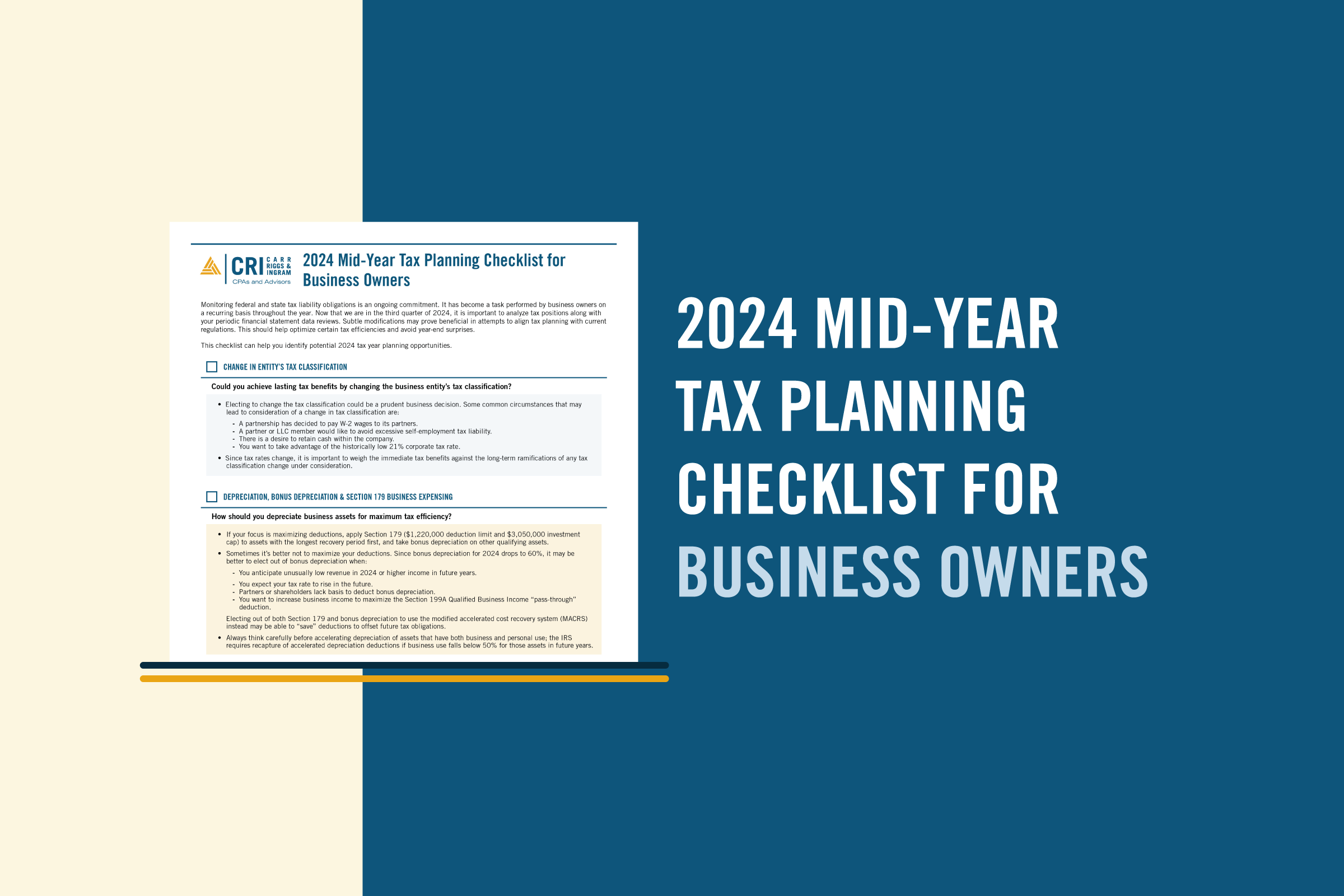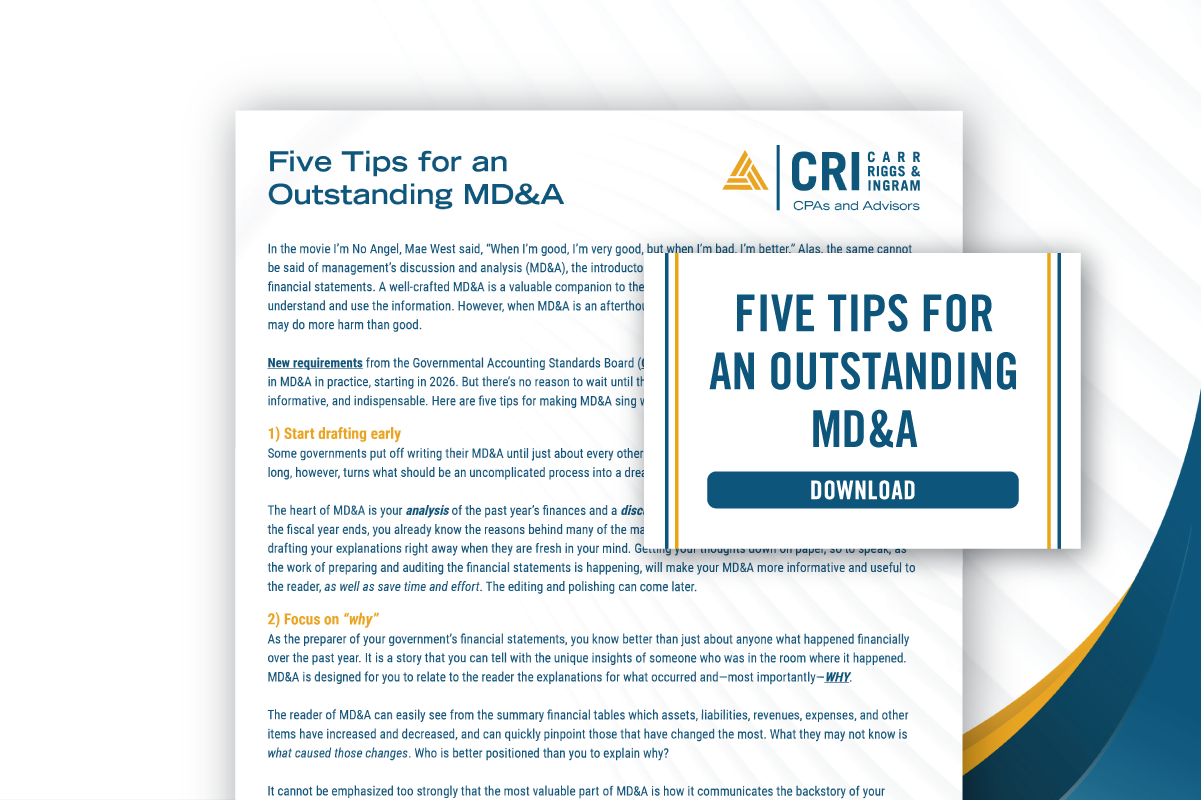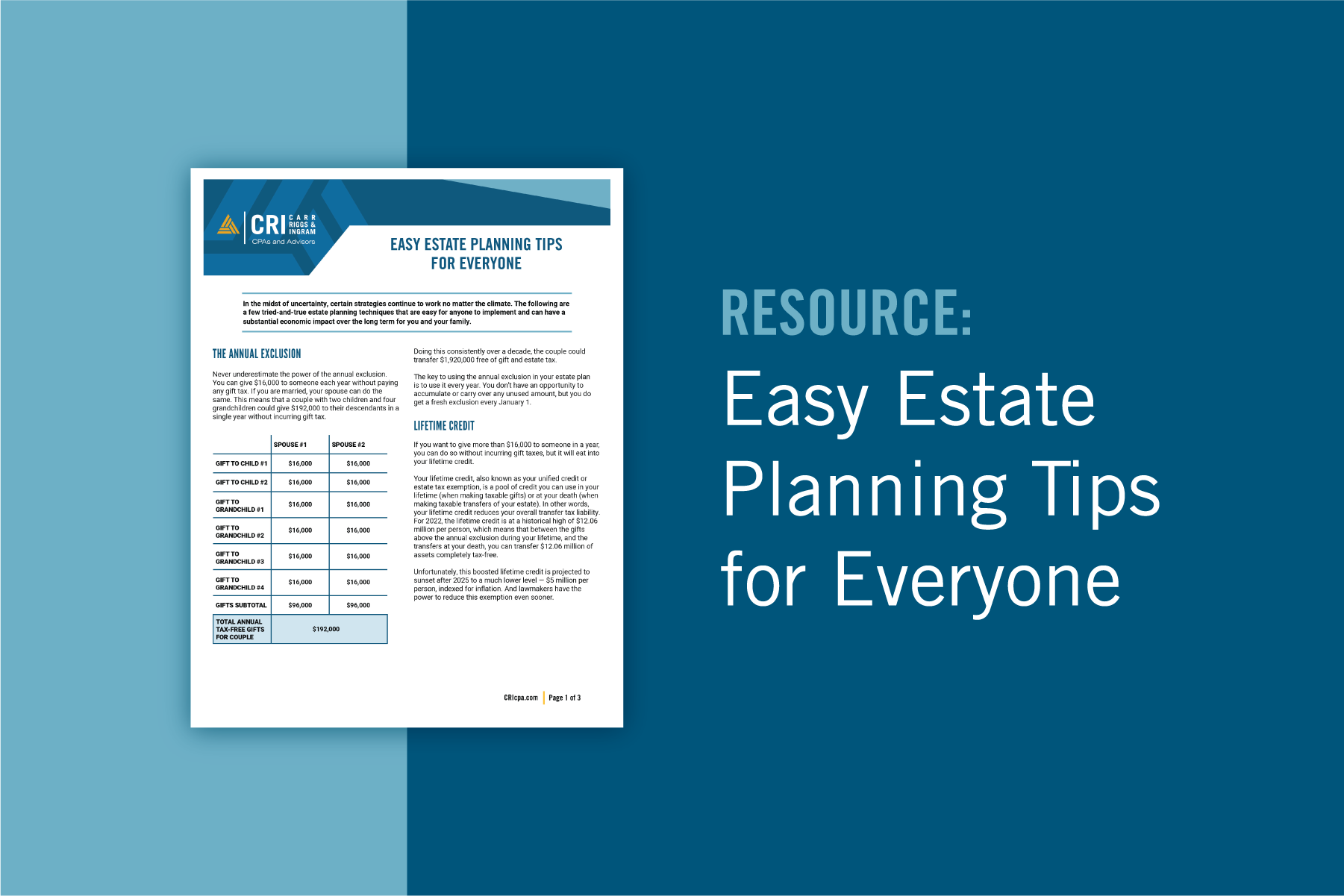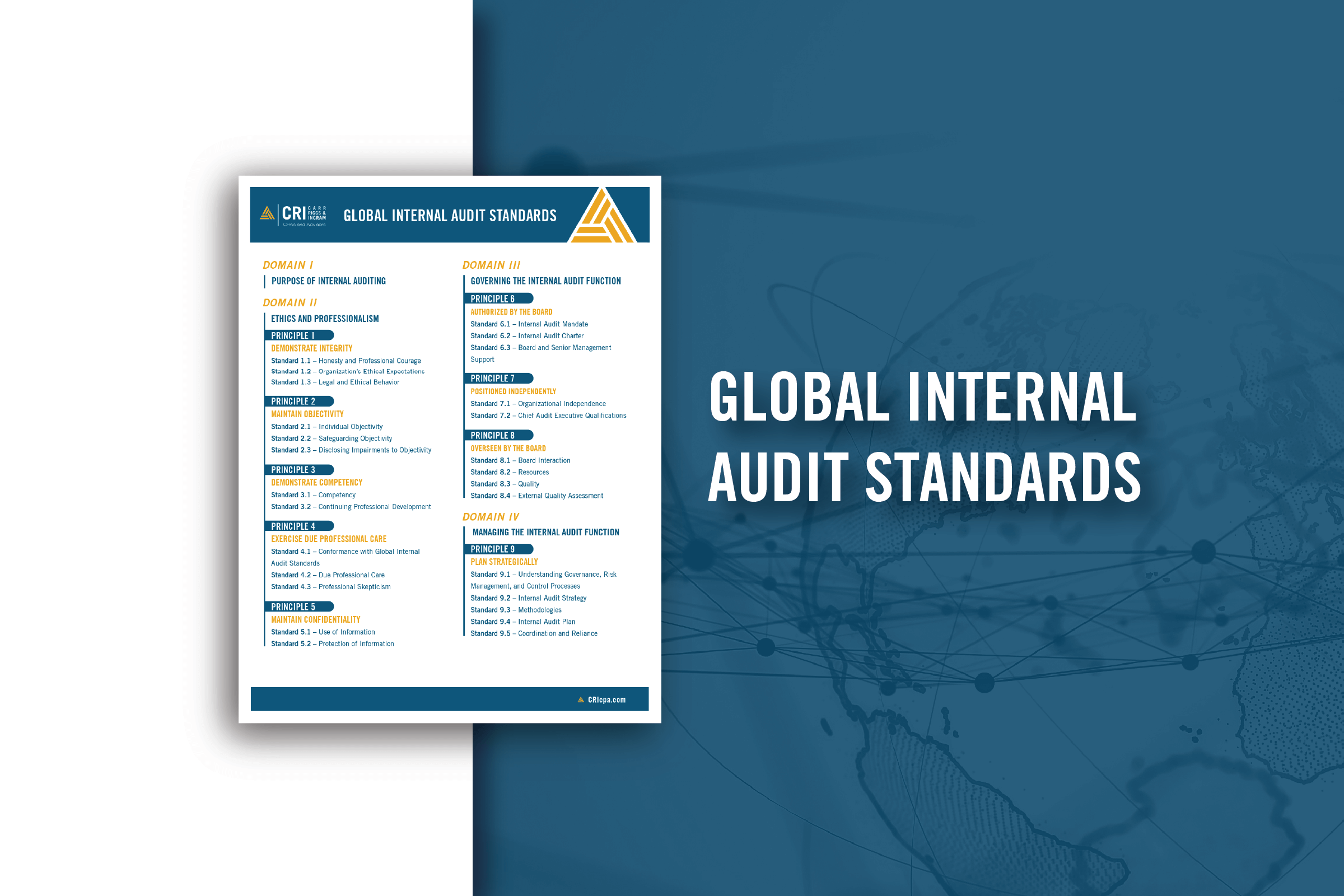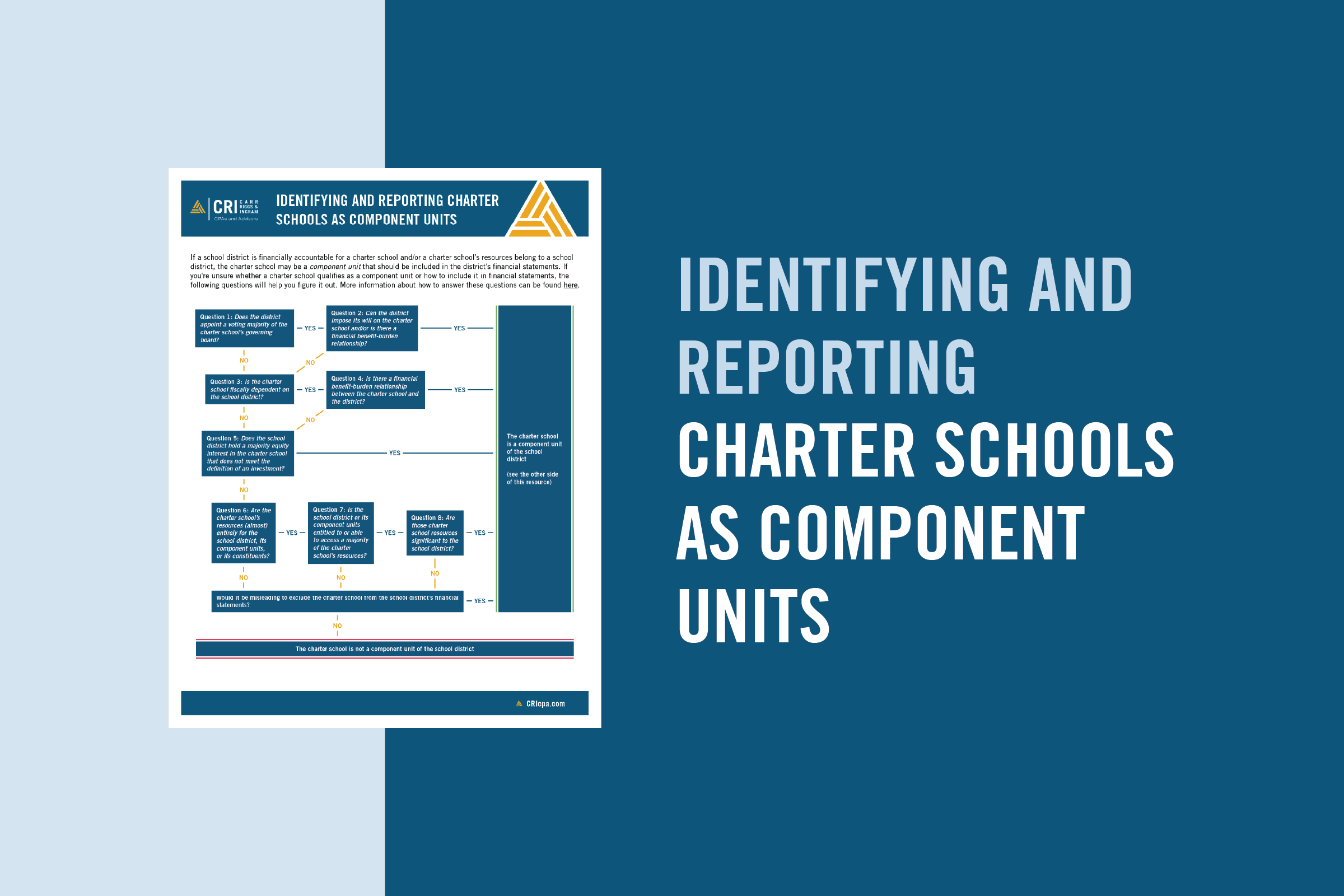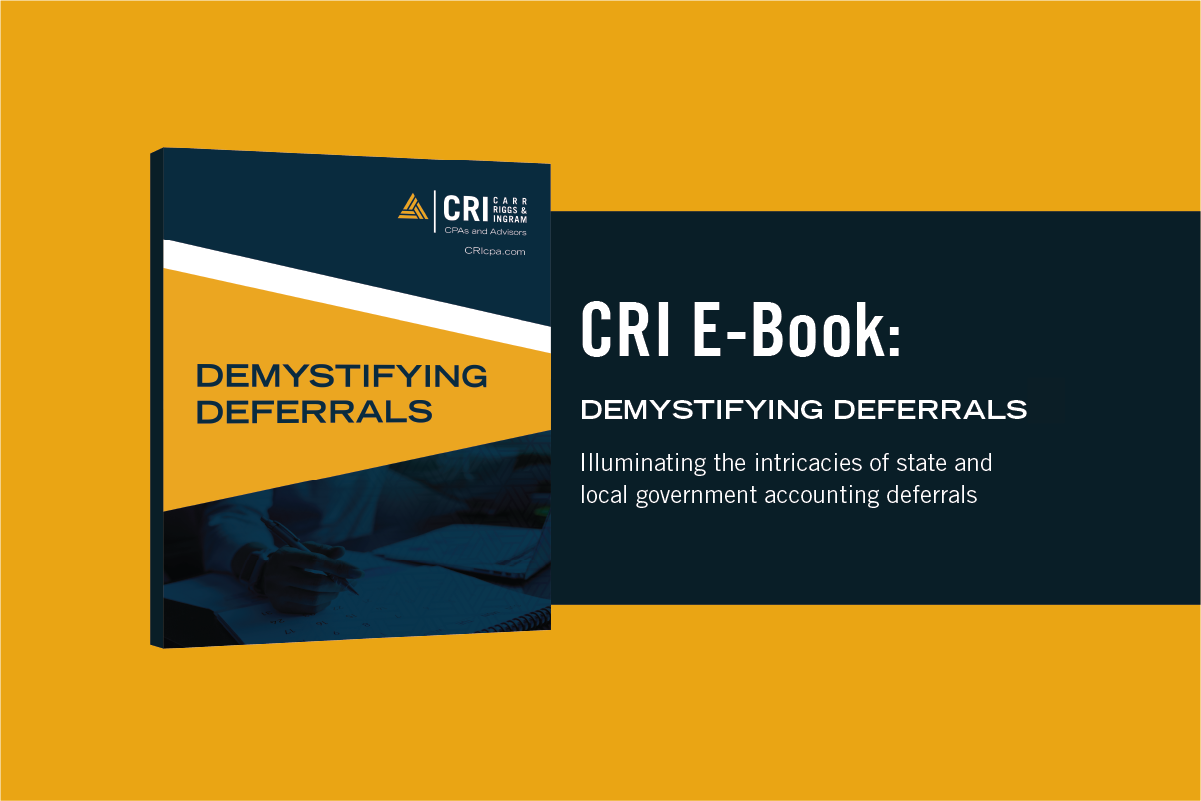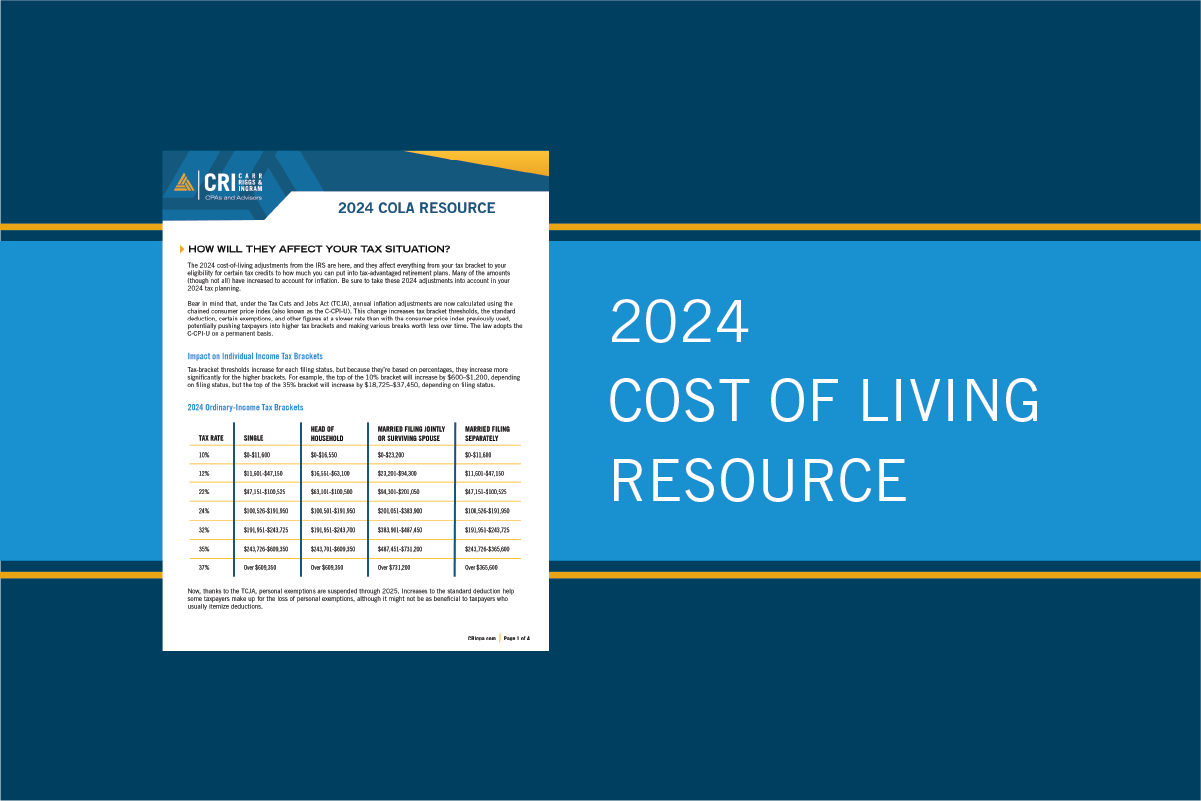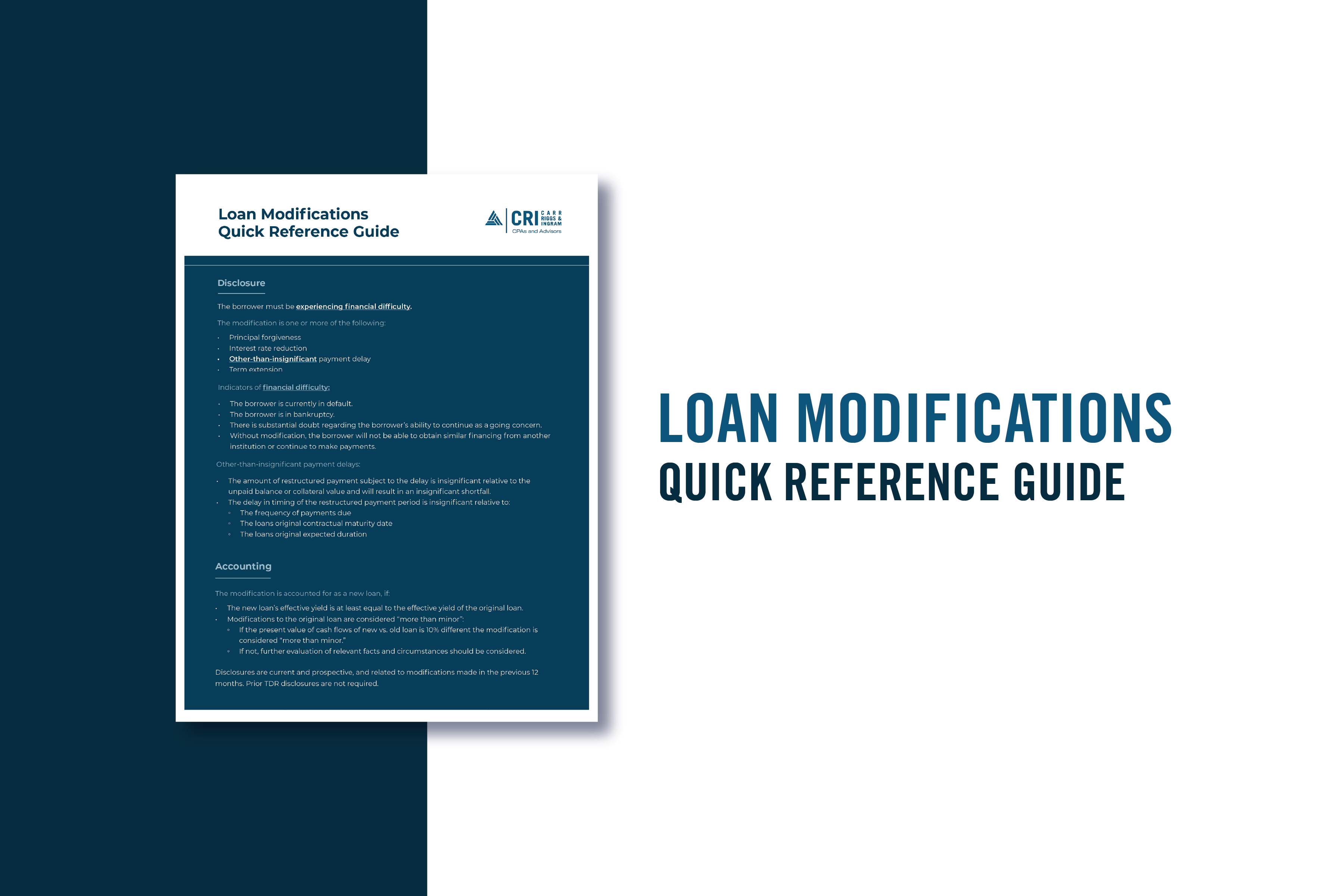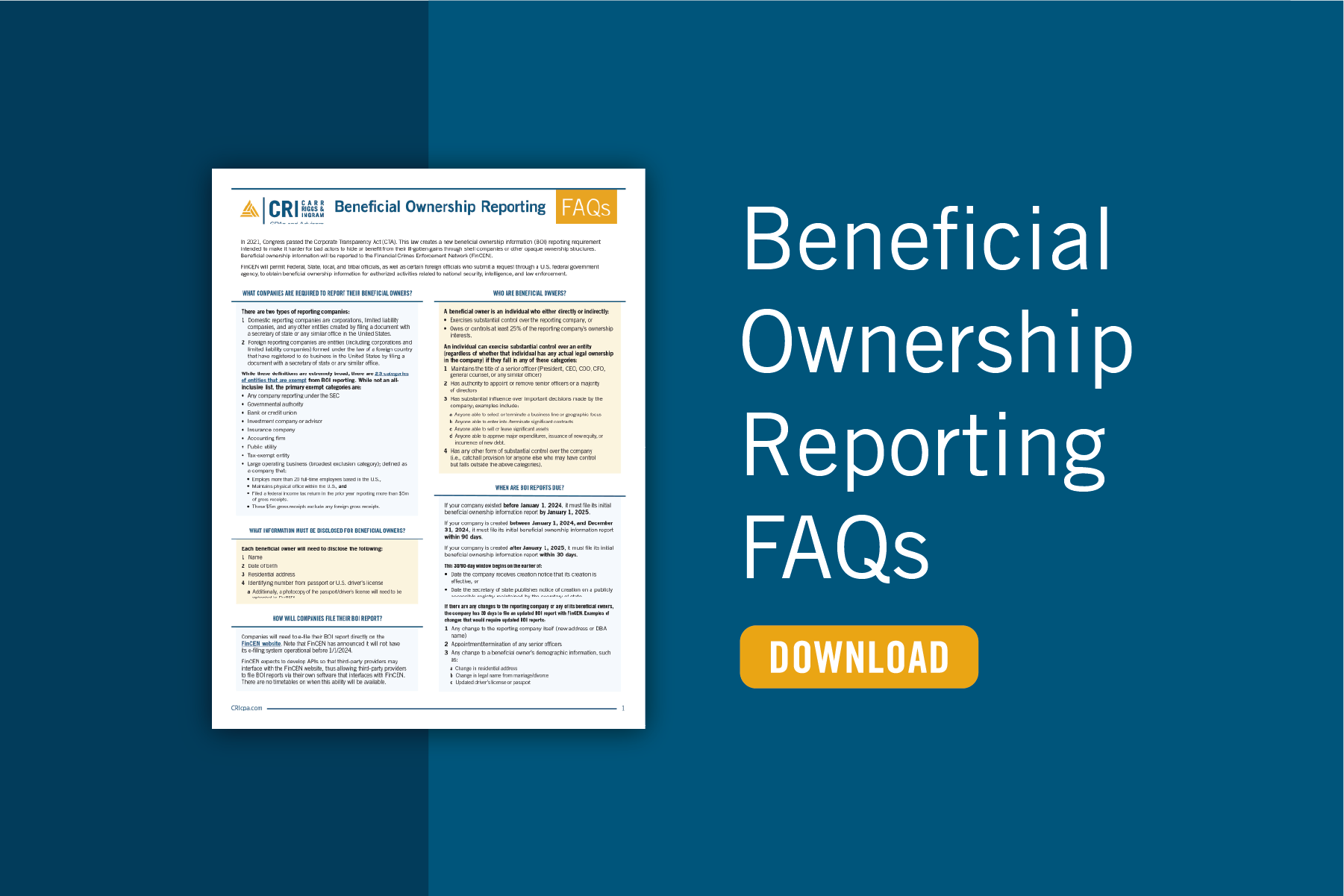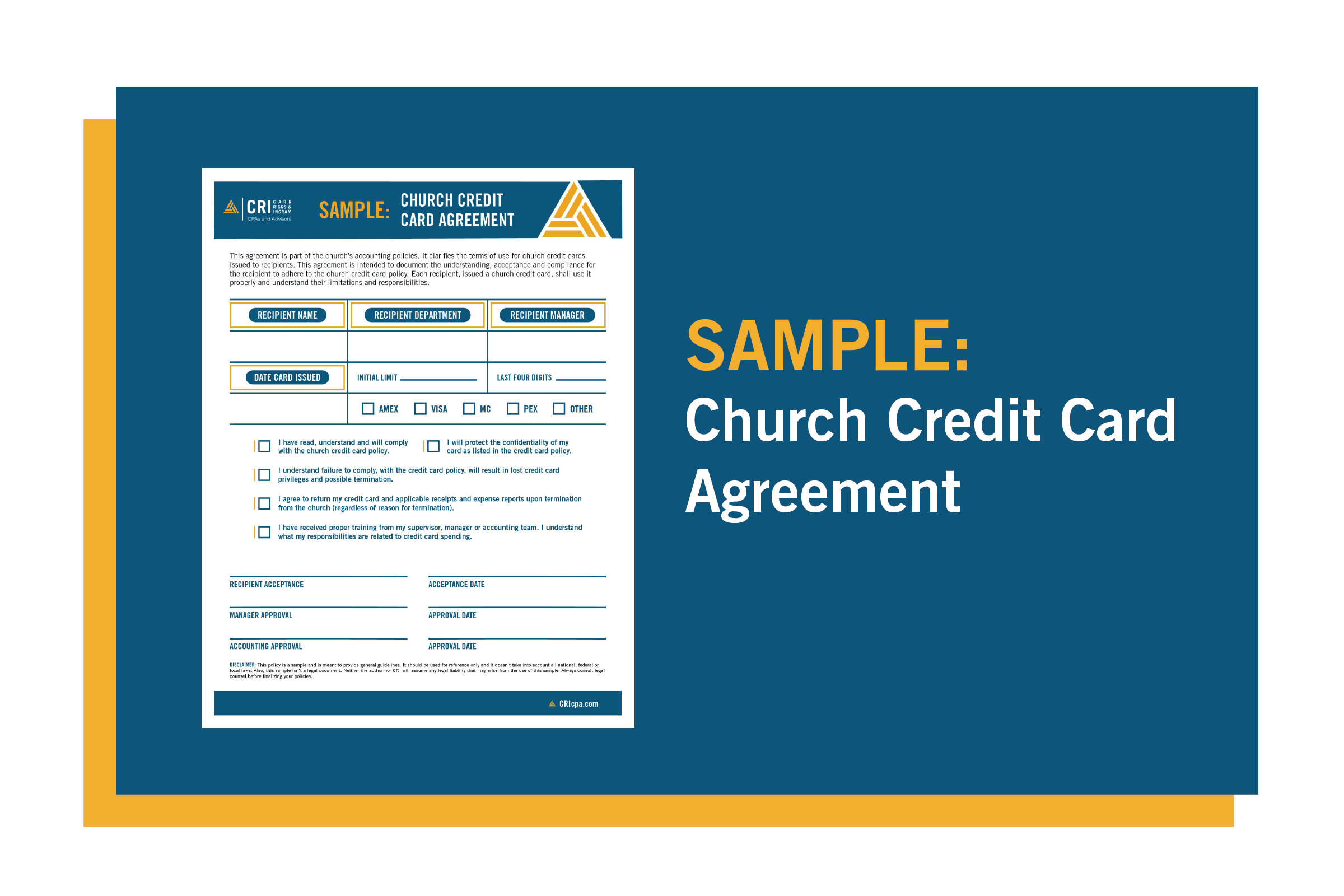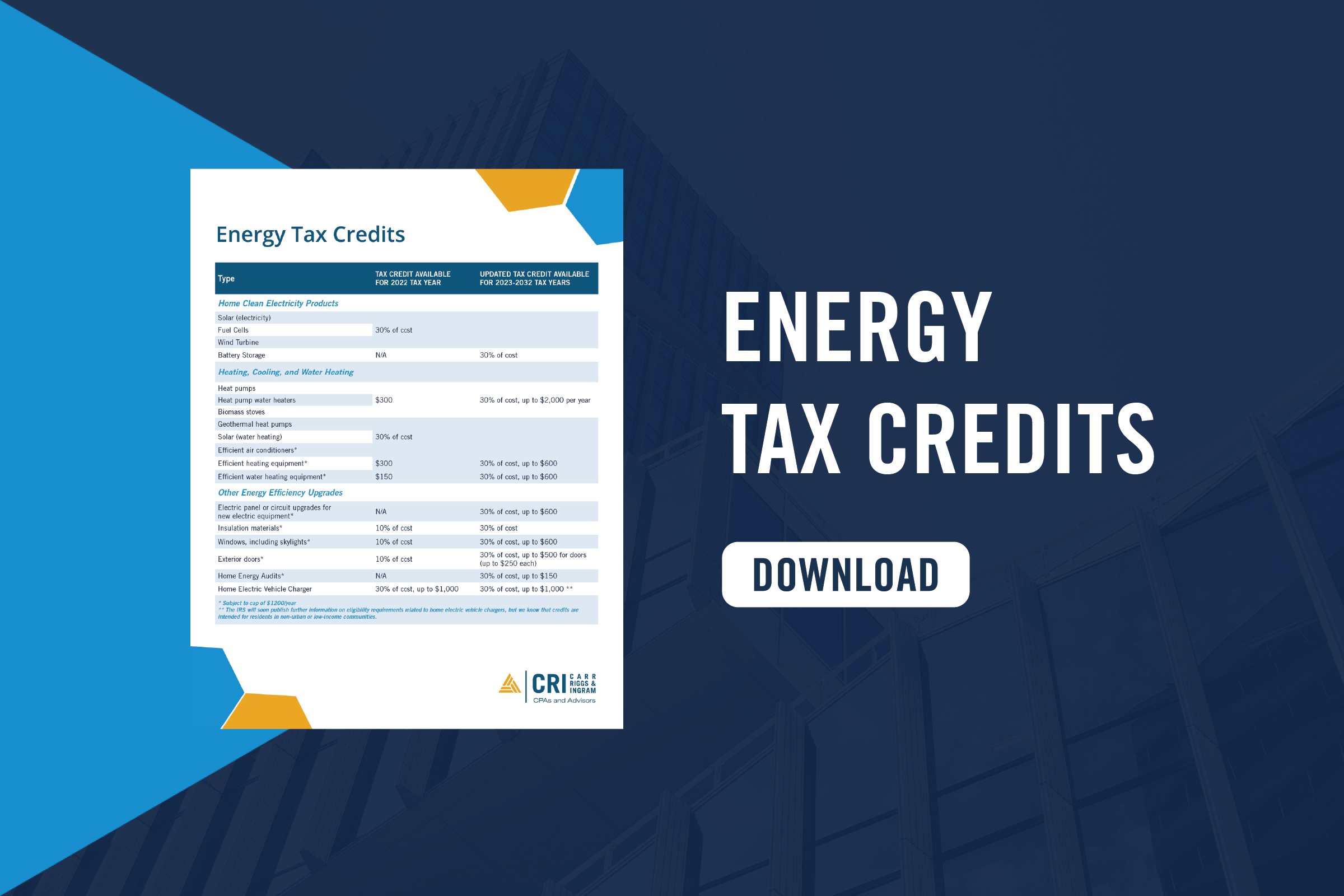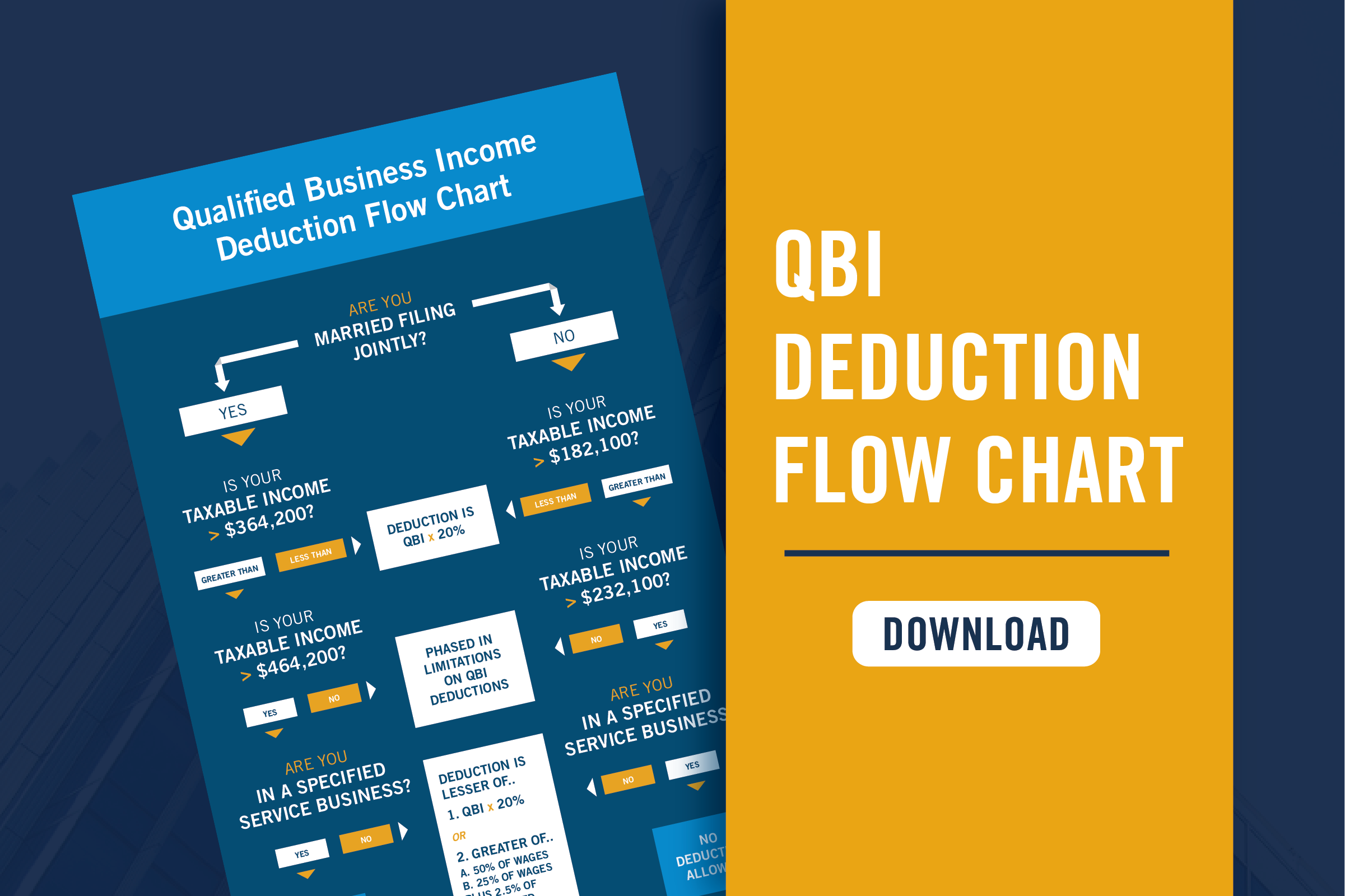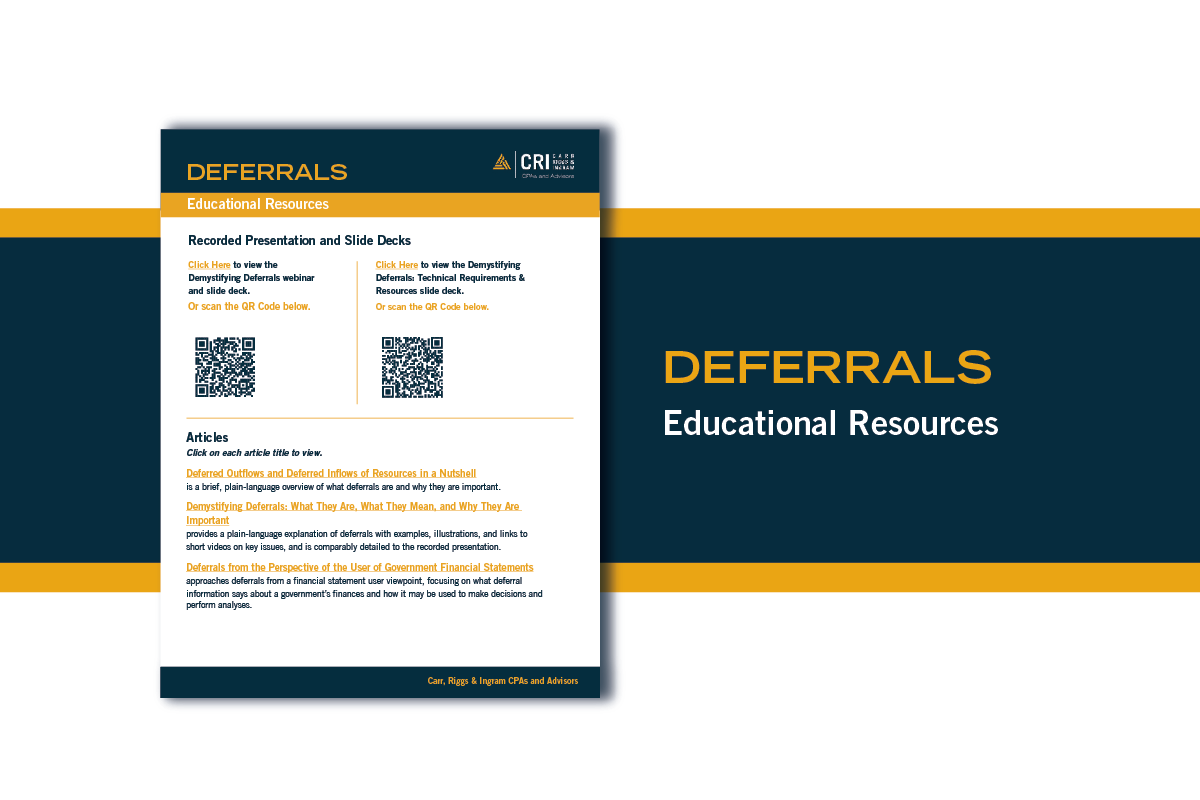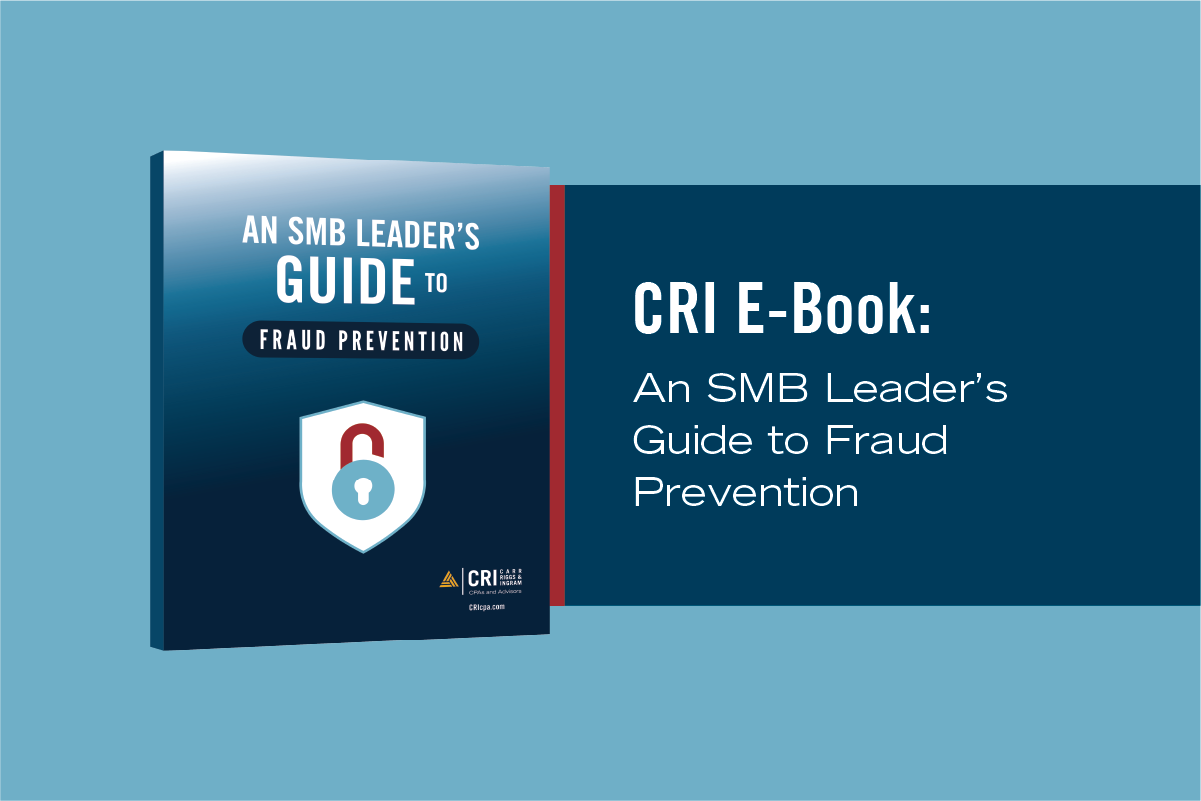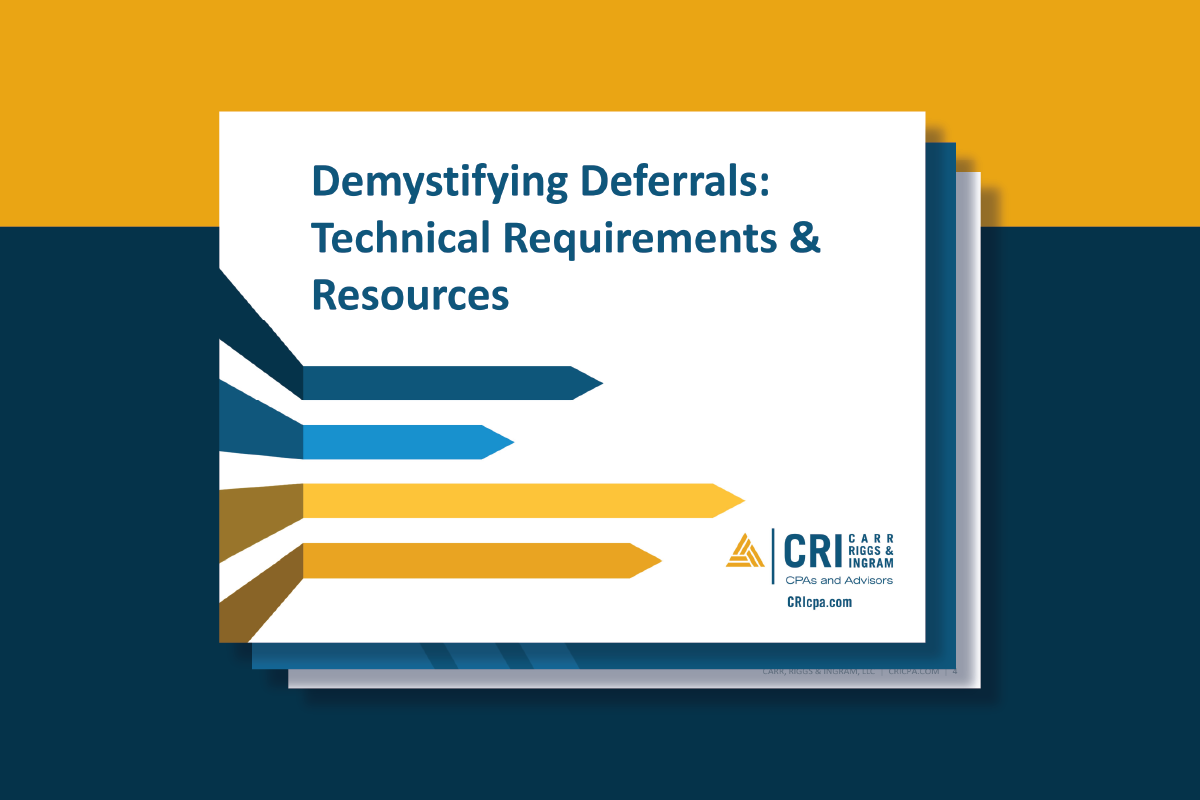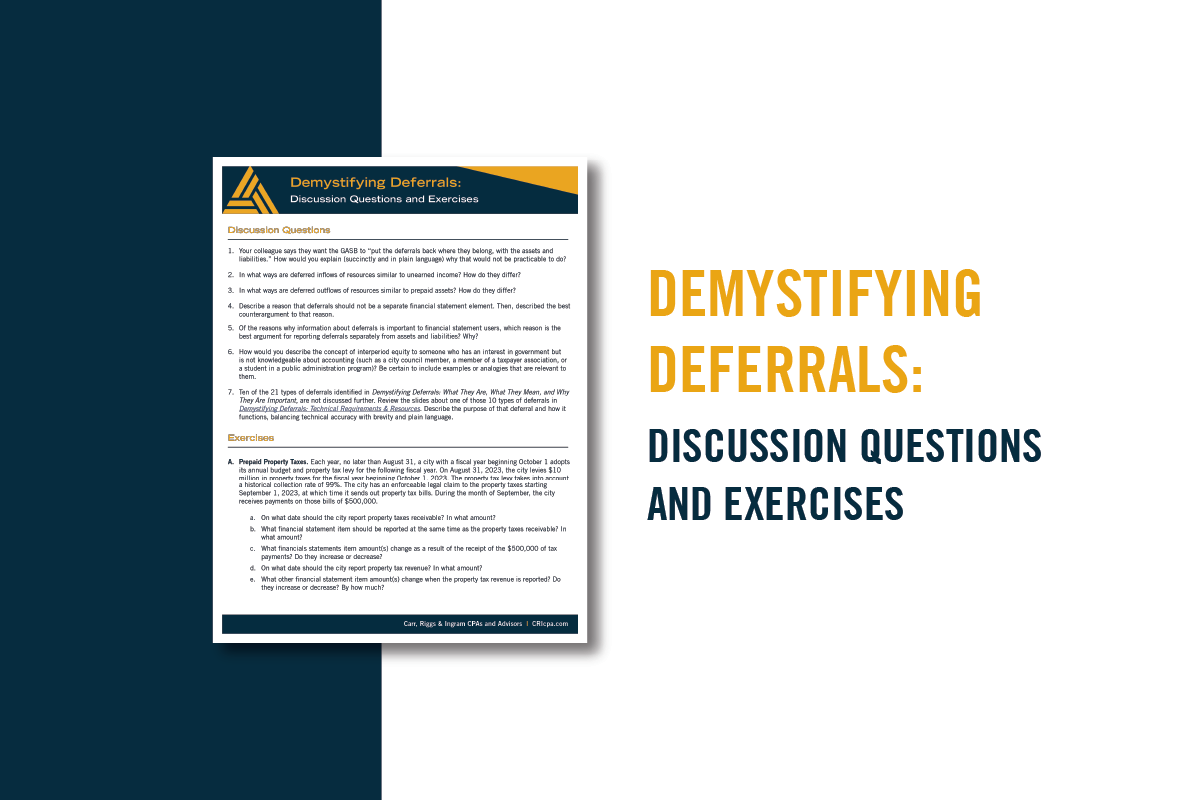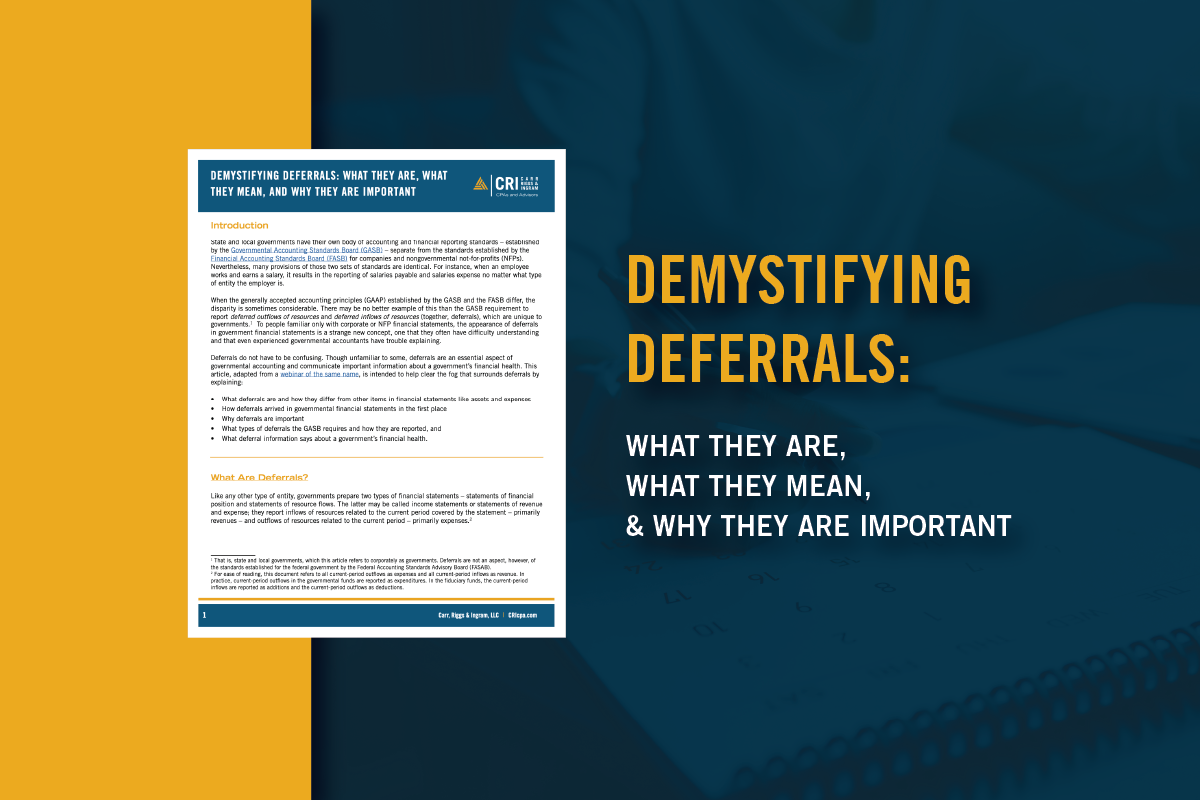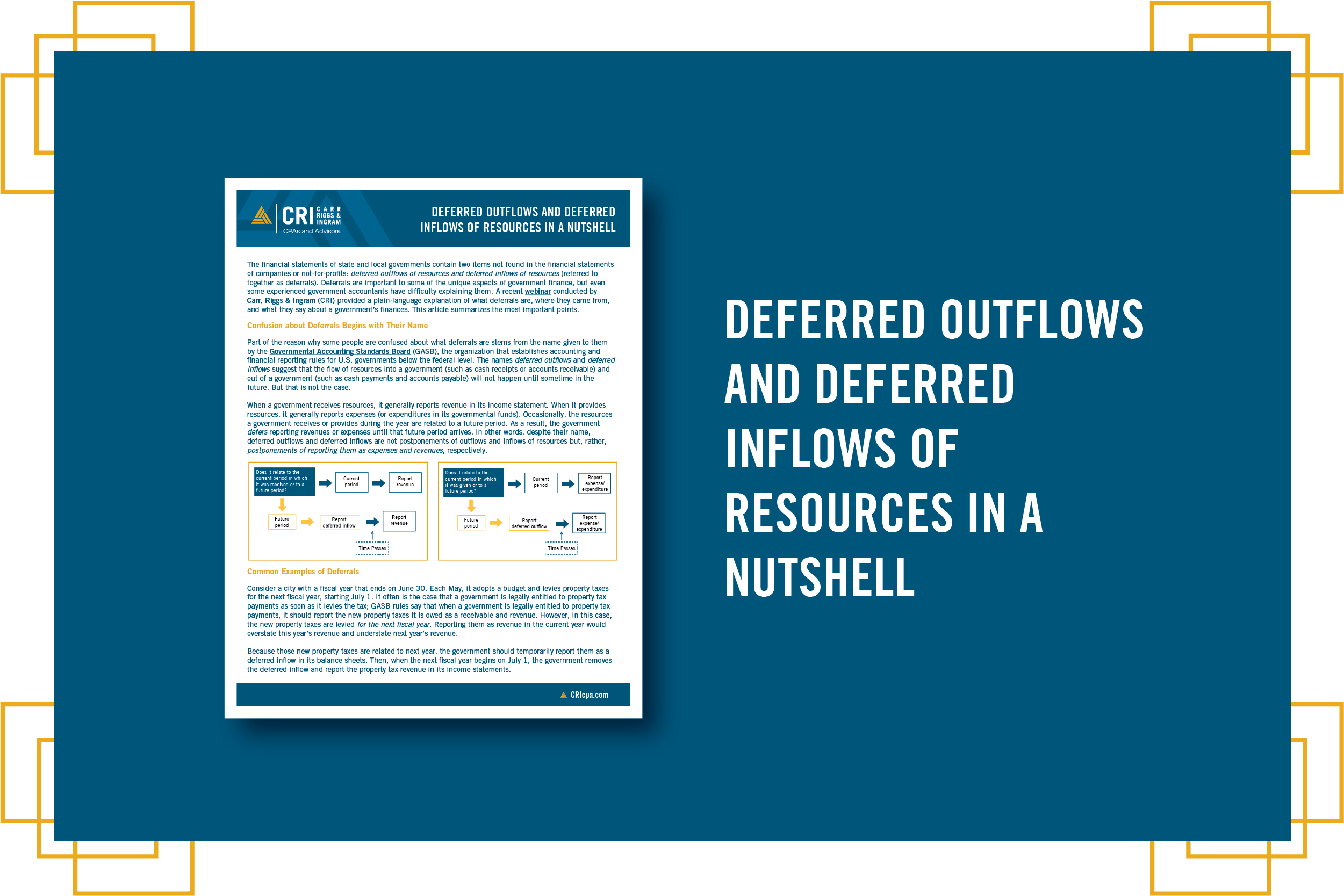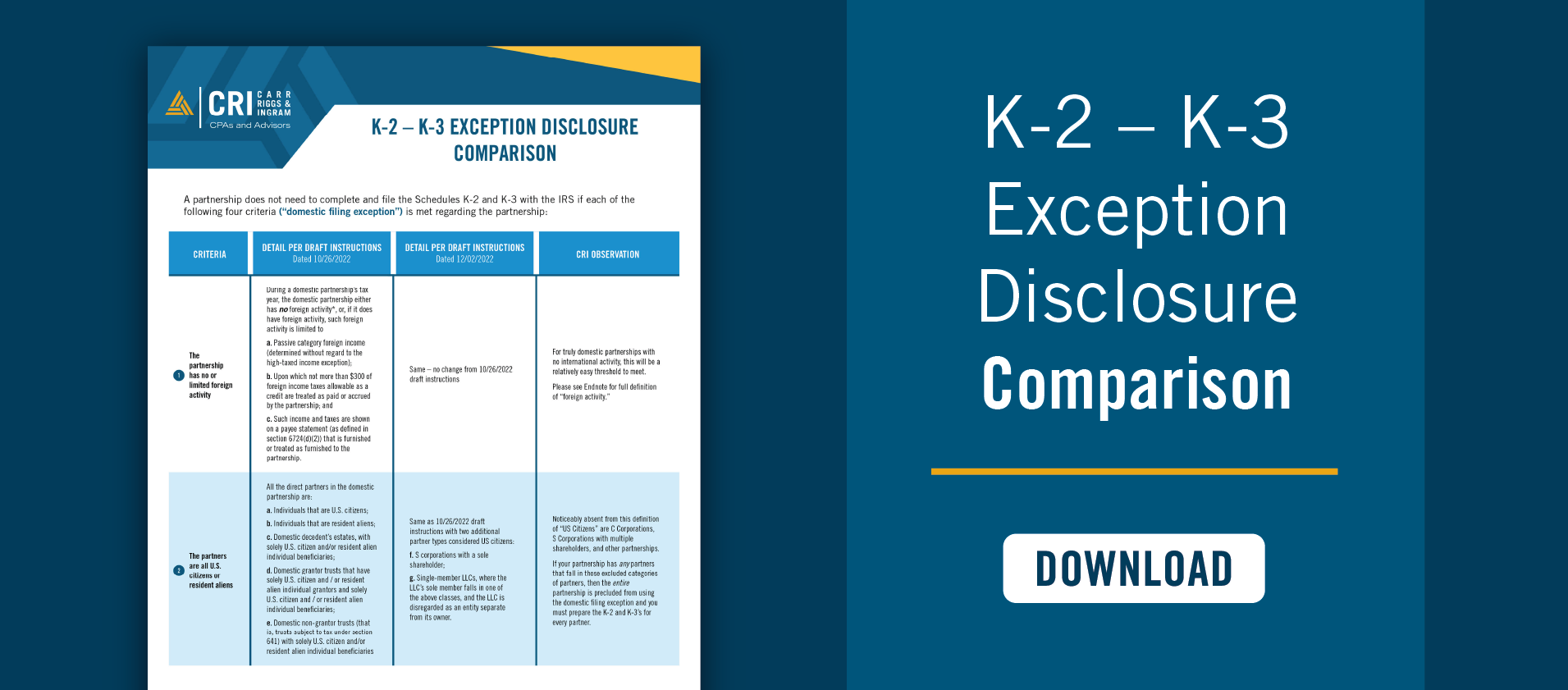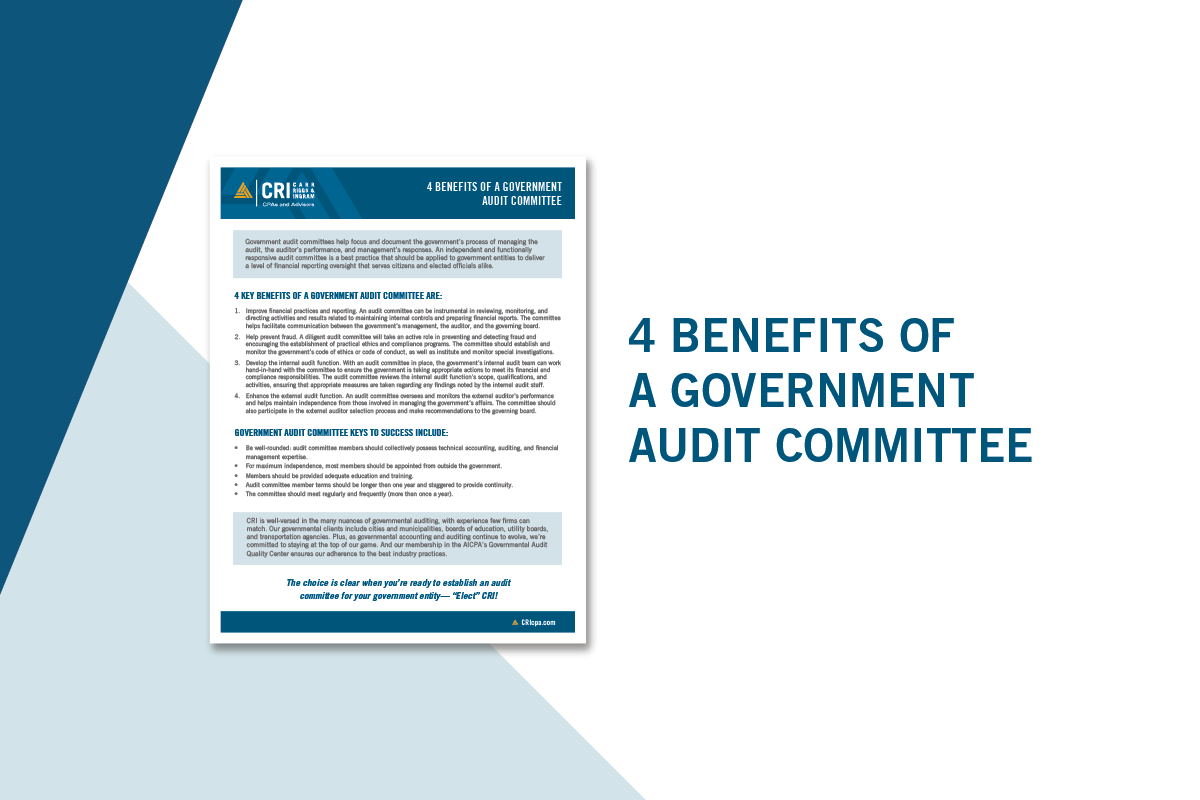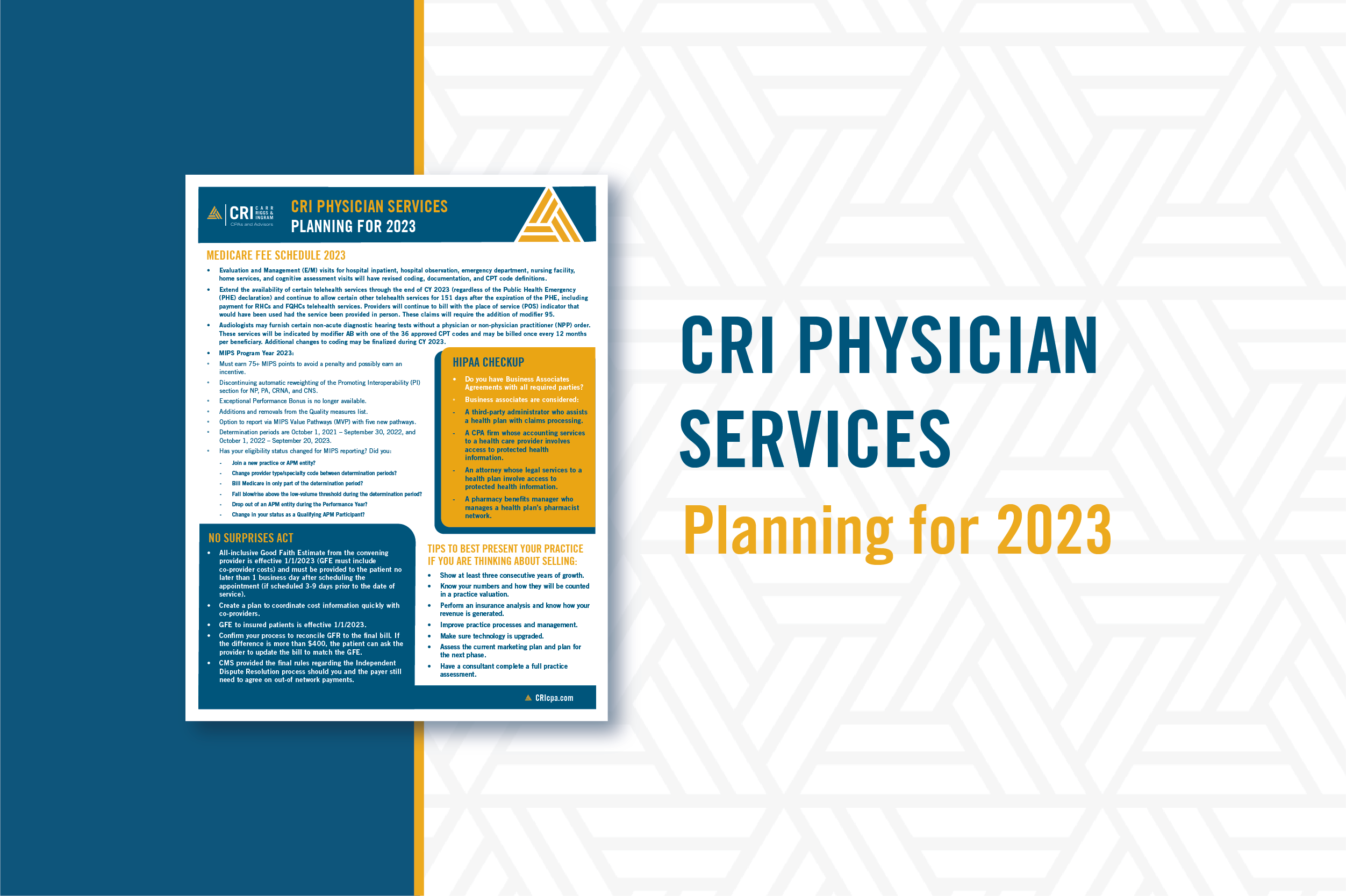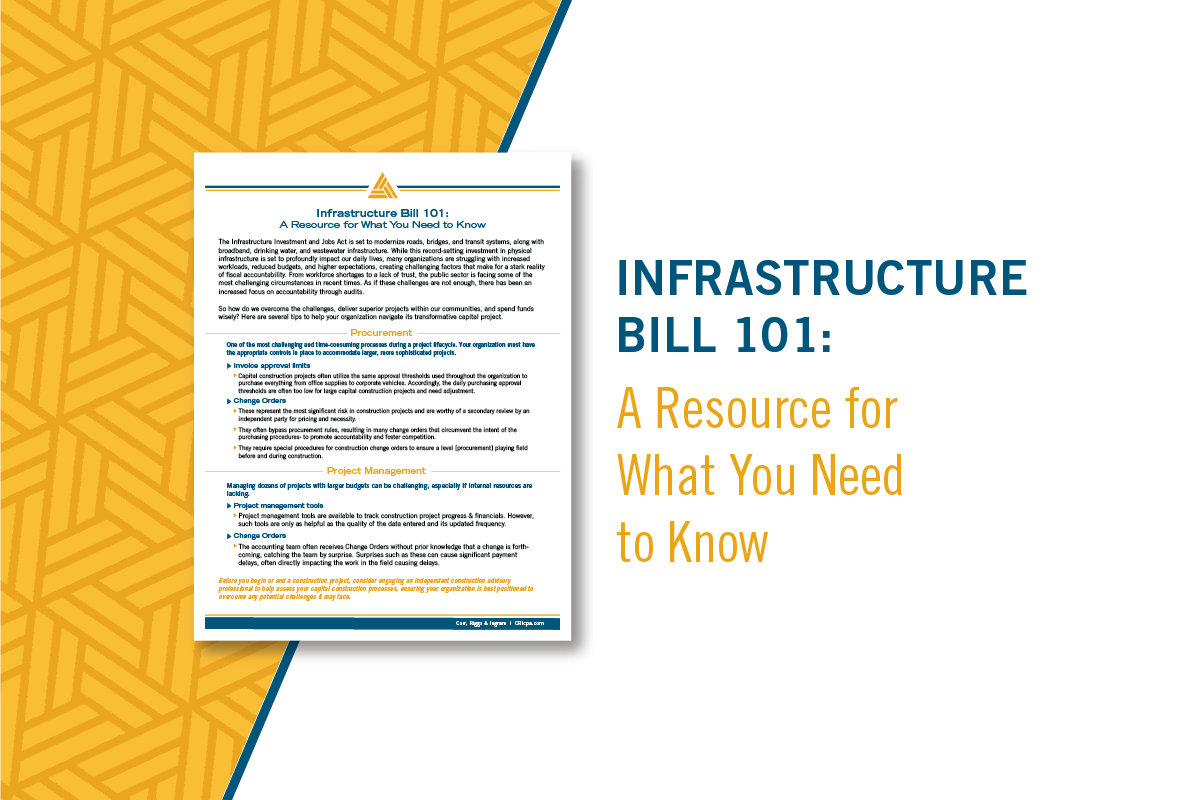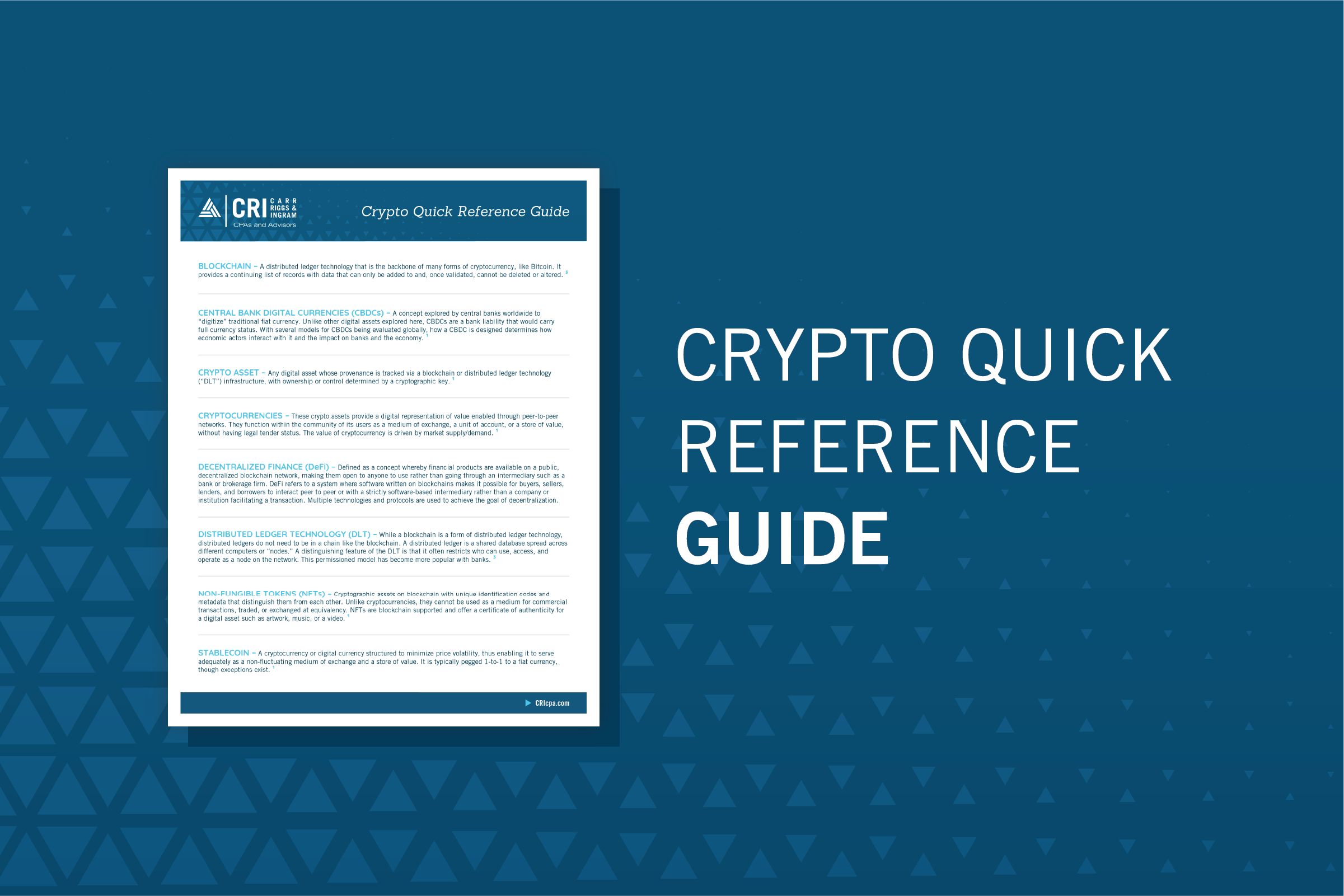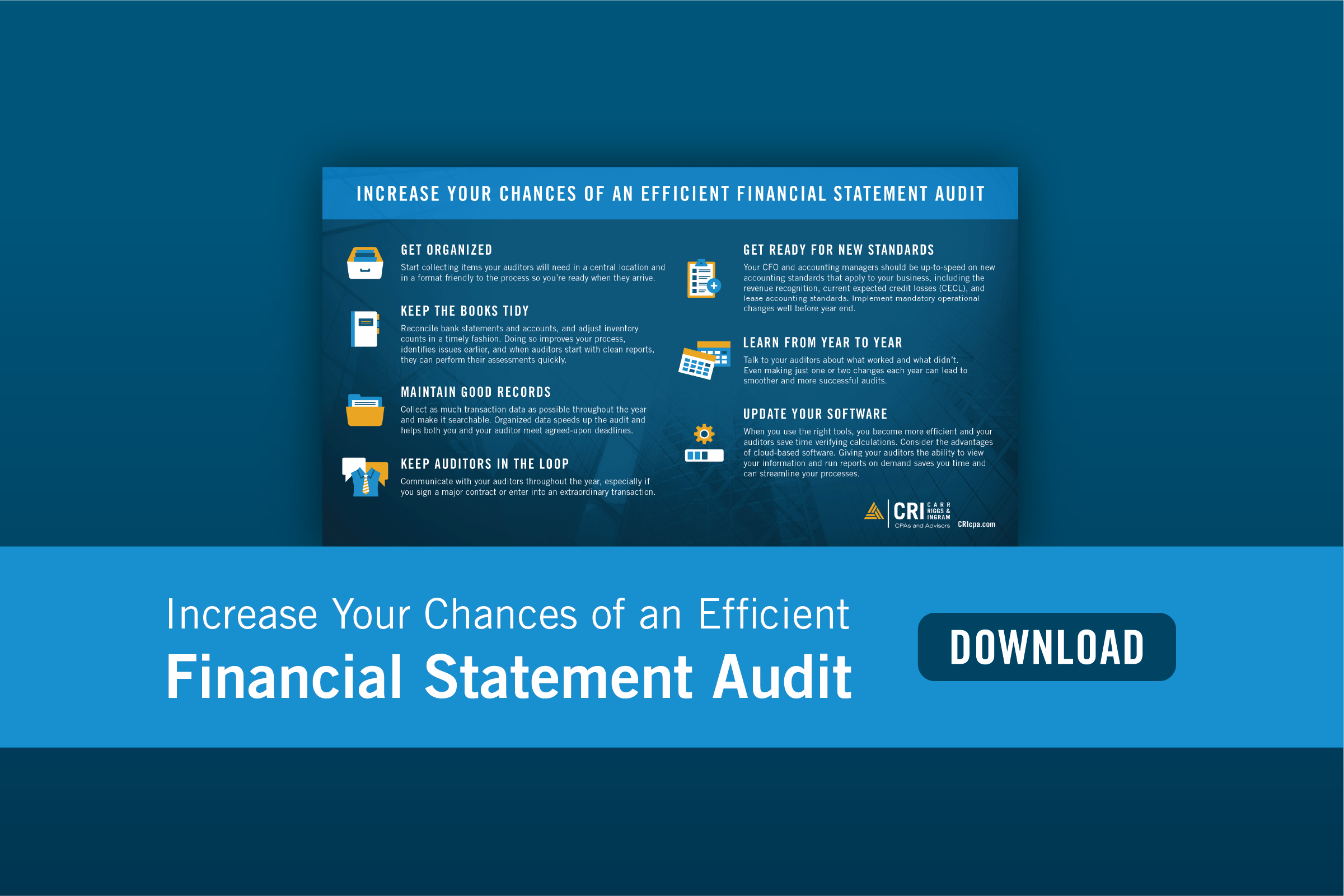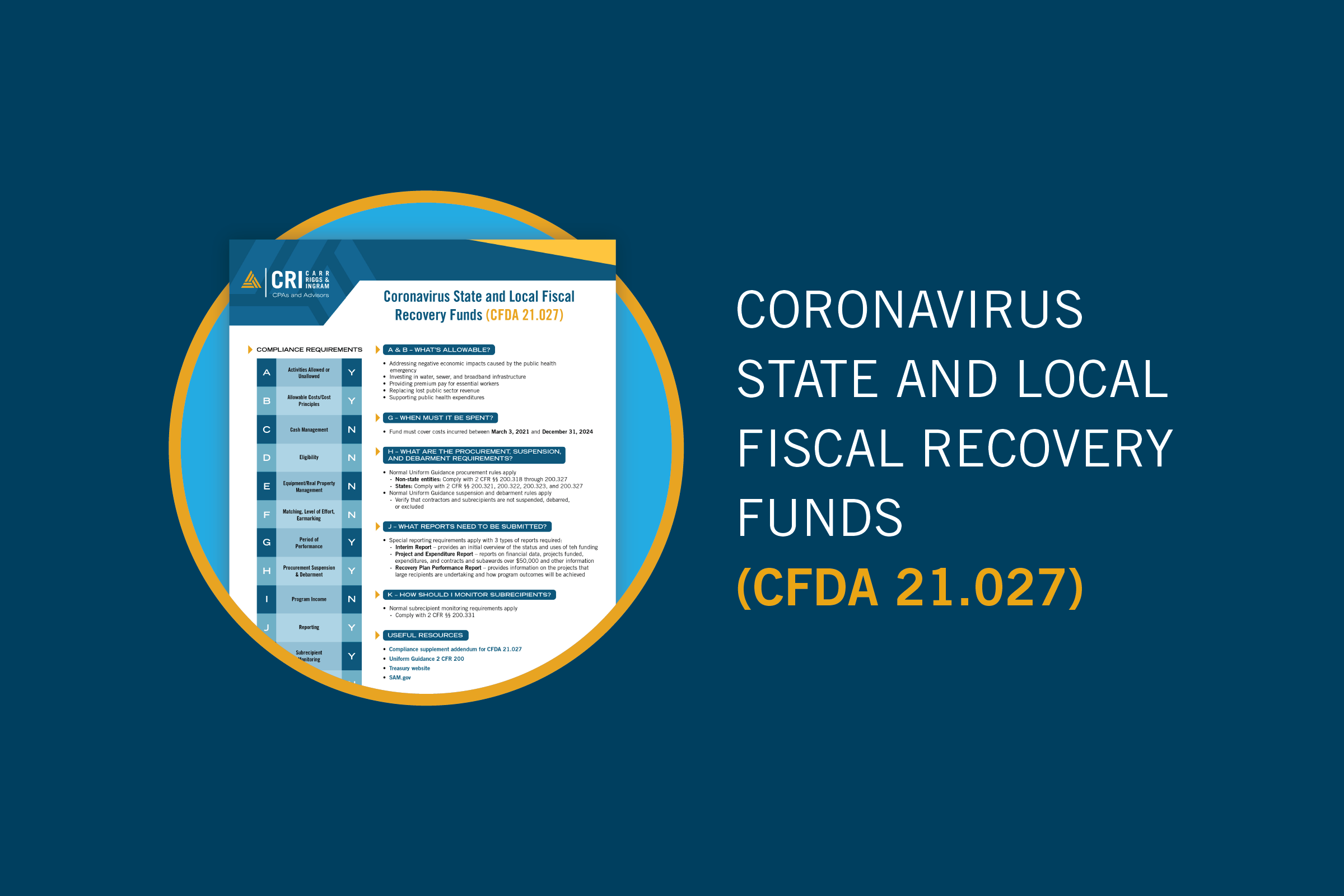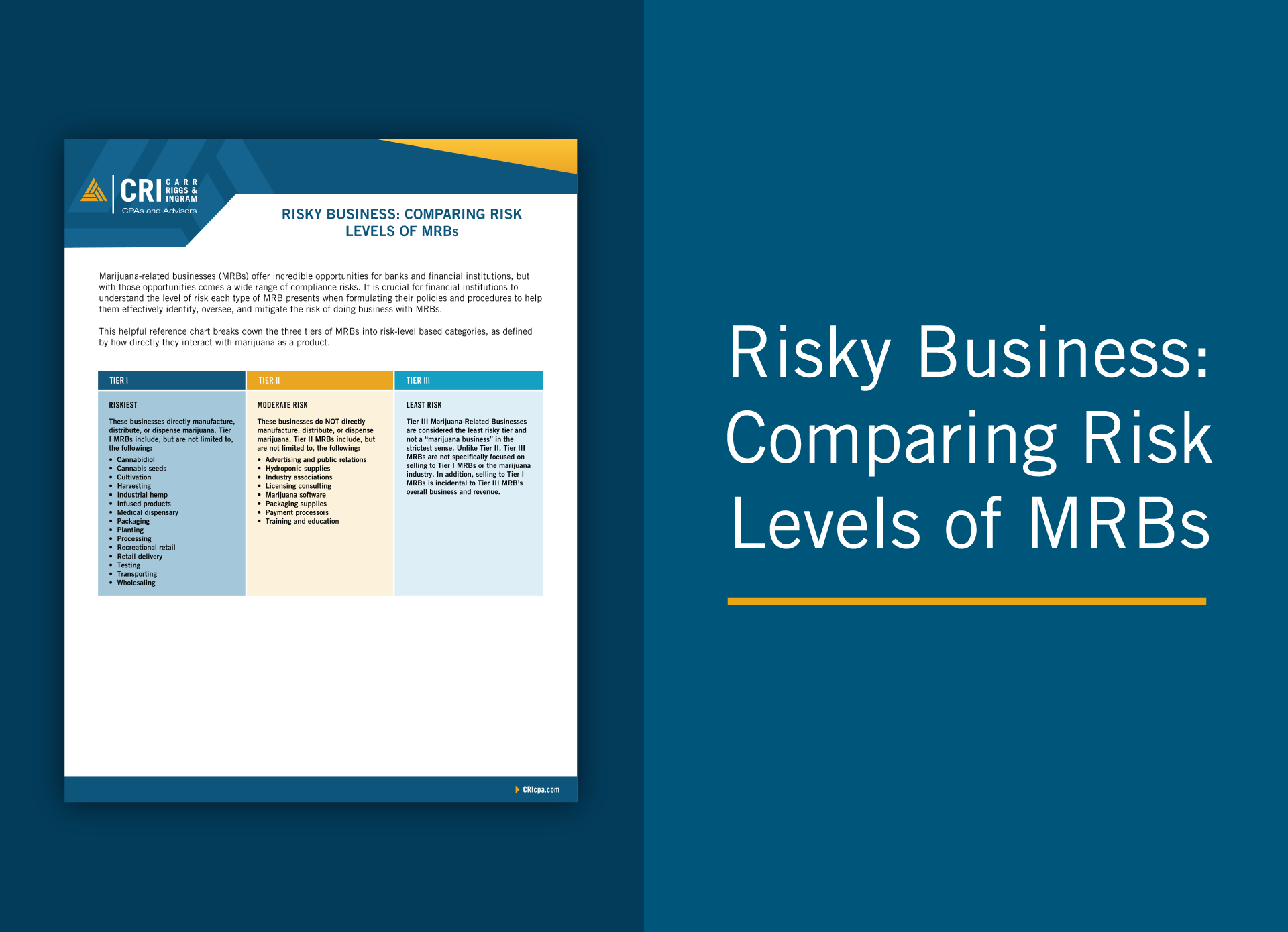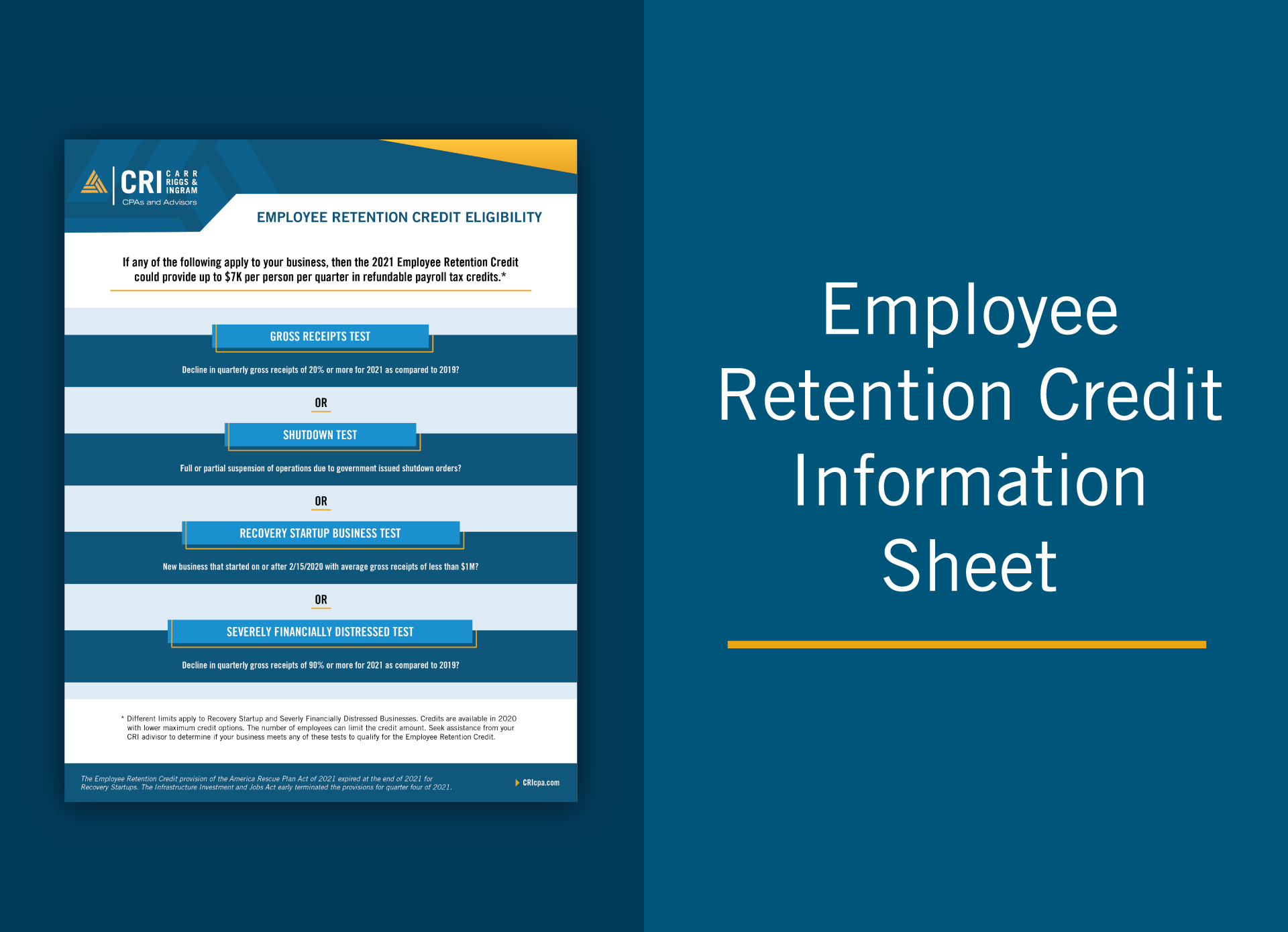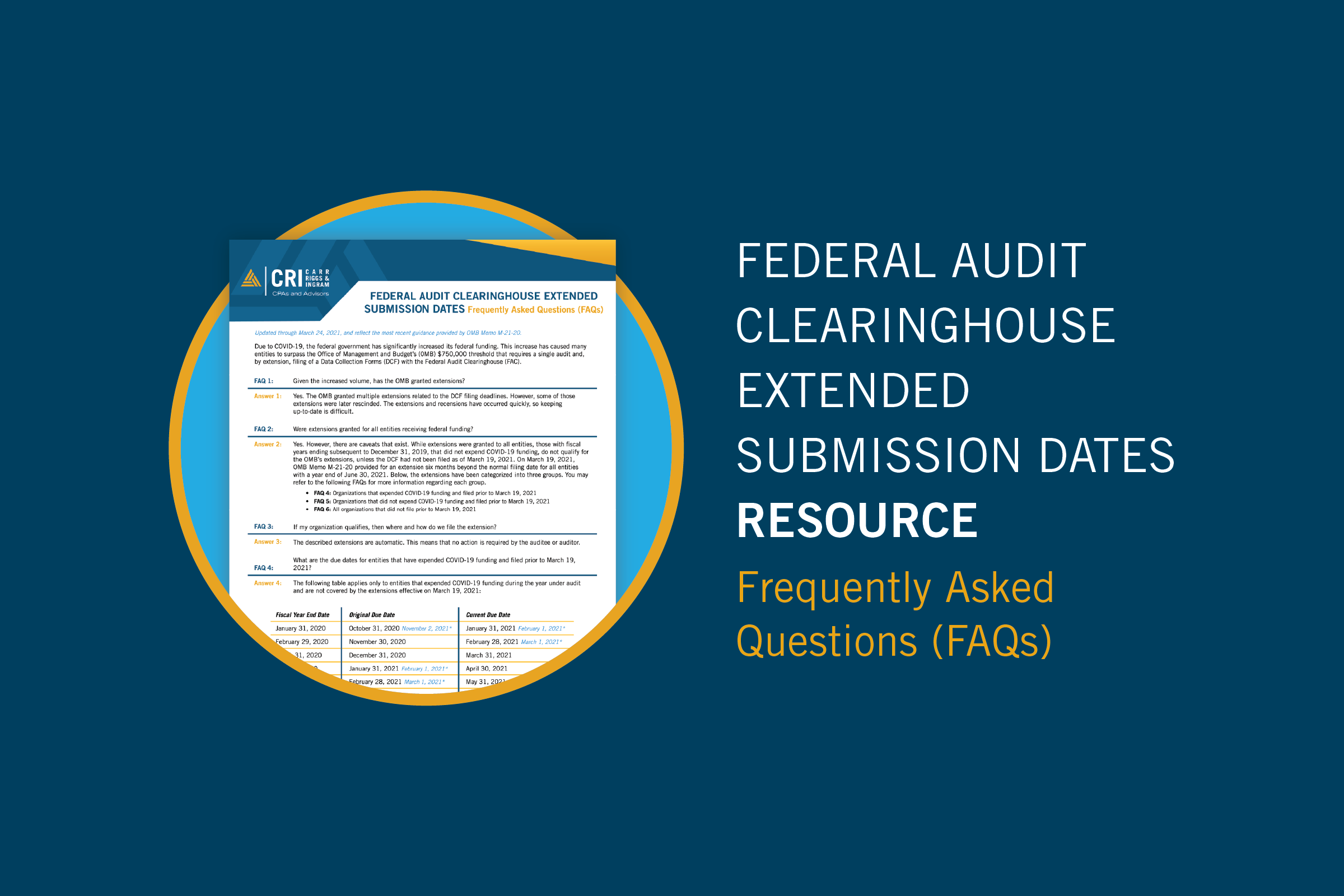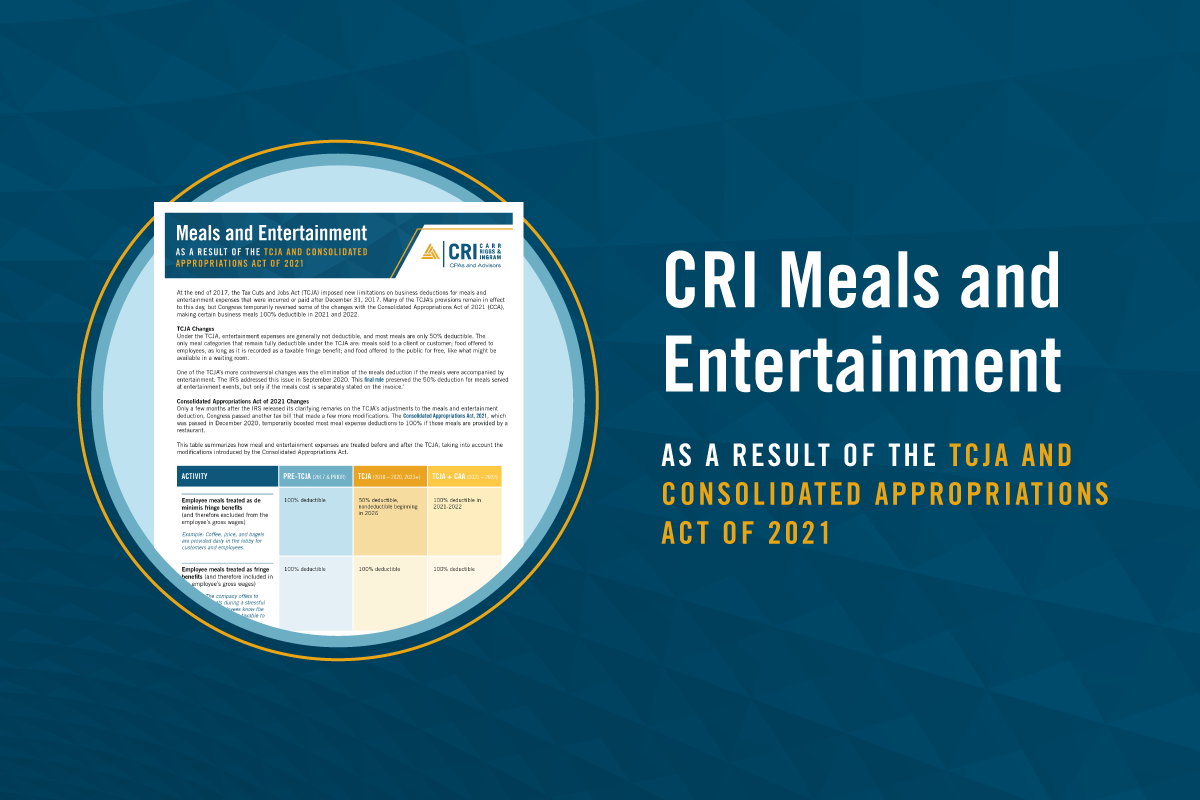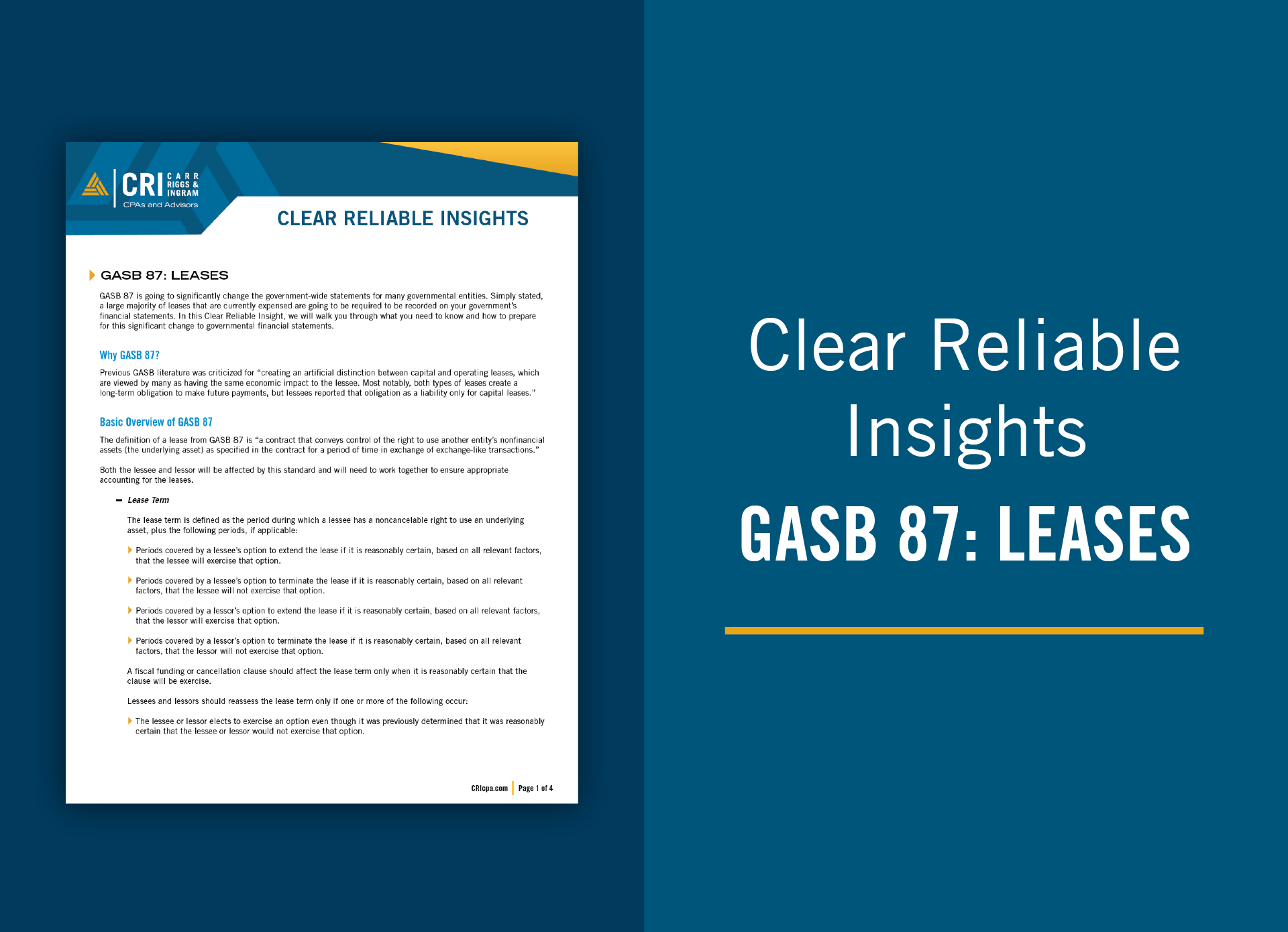Four Tips for Translating GASB Standards Into English
- Contributor
- Dean Michael Mead
Jan 26, 2023
If the accounting and financial reporting standards of the Governmental Accounting Standards Board (GASB) are hard to understand, it is partially due to some of the specific vocabulary that they employ. Here are four inside tips to help you understand what the GASB’s standards are telling governments to do.
Tip 1: “Should” Means “Must”
“A government should reassess the subscription term only if one or more of the following occur…” – GASB Statement No. 96, Subscription-Based Information Technology Arrangements (SBITAs), paragraph 9
To many, should suggests something that is good to do, perhaps even preferable or recommended. For example, “You should brush after every meal.”
In GASB’s accounting standards language, however, should is translated as is required to. In other words, based on the excerpt above from Statement 96, governments must reassess a SBITA’s term when one or more instances happen; governments cannot choose not to.
Tip 2: “And” Versus “Or”
“Liabilities for compensated absences should be recognized in financial statements prepared using the economic resources measurement focus for (a) leave that has not been used (paragraphs 9–20) and (b) leave that has been used but not yet paid or settled (paragraph 21).” – GASB Statement No. 101, Compensated Absences, paragraph 8
Common language and GASB language agree that the preceding sentence means that a government’s liability for compensated absences should include both (a) and (b) because of the appearance of “and” between the two items.
On the other hand, consider the part of item (b) that says “not yet paid or settled.” Many people would read that to mean that an employee’s used vacation days, for instance, have not yet been either paid for in cash or compensated by noncash means (i.e., settled). In GASB’s vocabulary, however, or is understood to mean and/or. In other words, item (b) refers to leave that has not yet been paid , settled, or both.
Generally, the GASB adds specific words (and/or italics) to indicate when its guidance means “only one item or the other” or “all items.” For instance:
“A conduit debt obligation has all of the following characteristics…” – GASB Statement No. 91, Conduit Debt Obligations, paragraph 6
Stated differently, if even a single of the five characteristics listed in paragraph 6 were missing, a transaction would not be considered a conduit debt obligation.
Tip 3: Lists and Examples
GASB standards do not always provide examples. When they do, the examples usually are not exhaustive. Meaning, what the standards describe are some of the examples, not all the examples. Typically, the GASB’s examples may be one or more of the most common or most relevant types. But it should be understood that other items may also be examples; governments should not ignore those other items just because the GASB did not explicitly identify them. Therefore, the GASB is careful to explicitly indicate when a list includes all the possible items.
Tip 4: Get CRI’s Help Translating GASB-Speak
If you need assistance understanding what GASB standards require, contact CRI to translate them into plain English. We are fluent in the GASB’s lingo. And if there are other words the GASB uses that you don’t understand, email them to [email protected] and we’ll explain them in a future article.

